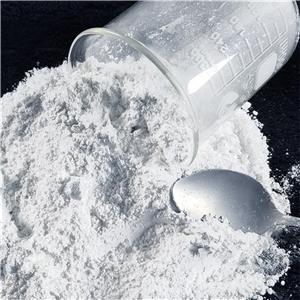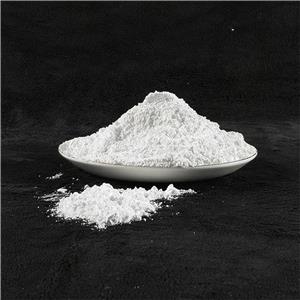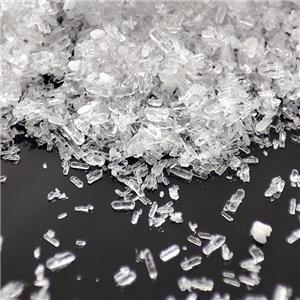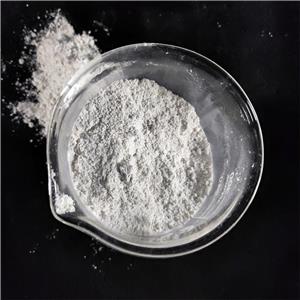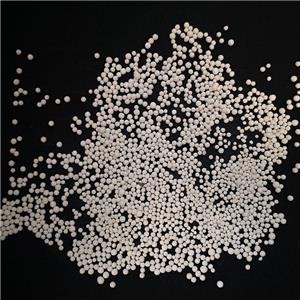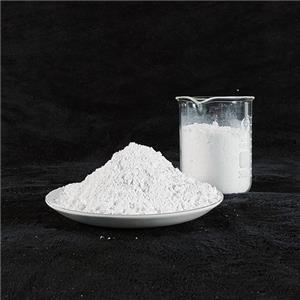antimony trioxide for flame-retardant
-
Antimony trioxide for Flame-retardant composite materials
1.Antimony trioxide for Flame-retardant can increase the oxygen index (LOI) of the composite material by 30-50%. 2.Antimony trioxide for Flame-retardant Remains stable within the processing temperature range of engineering plastics such as PP and PA. 3.Antimony trioxide for APCP An addition amount of 3-5% will be sufficient to achieve UL94 V-0 standard. 4.Antimony trioxide for APCP Does not affect the surface quality and post-processing performance of the composite materials. 5.Antimony trioxide for Flame-retardant compared with other flame-retardant systems, it can reduce the smoke production by more than 30%.
antimony trioxide for Aluminum-plastic composite panel antimony trioxide for APCP antimony trioxide for Flame-retardant antimony trioxide for Flame-retardant artificial boardEmail Details -
Antimony trioxide for Flame-retardant building materials
1.Antimony trioxide for Polyolefin building materials Helps reduce smoke density compared to some phosphorus-based flame retardants, improving visibility and safety during fires. 2.Antimony trioxide for Polyolefin building materials Ideal for indoor building materials (e.g., cables, insulation, wall panels) where smoke toxicity is a concern. 3.Antimony trioxide for Polyolefin building materials Acts as a powerful synergist with halogenated compounds (e.g., PVC, chlorinated paraffins) to significantly improve flame resistance.
antimony trioxide for Flame-retardant PVC pipes antimony trioxide for PVC floor antimony trioxide for engineering plastics antimony trioxide for Polyolefin building materialsEmail Details

